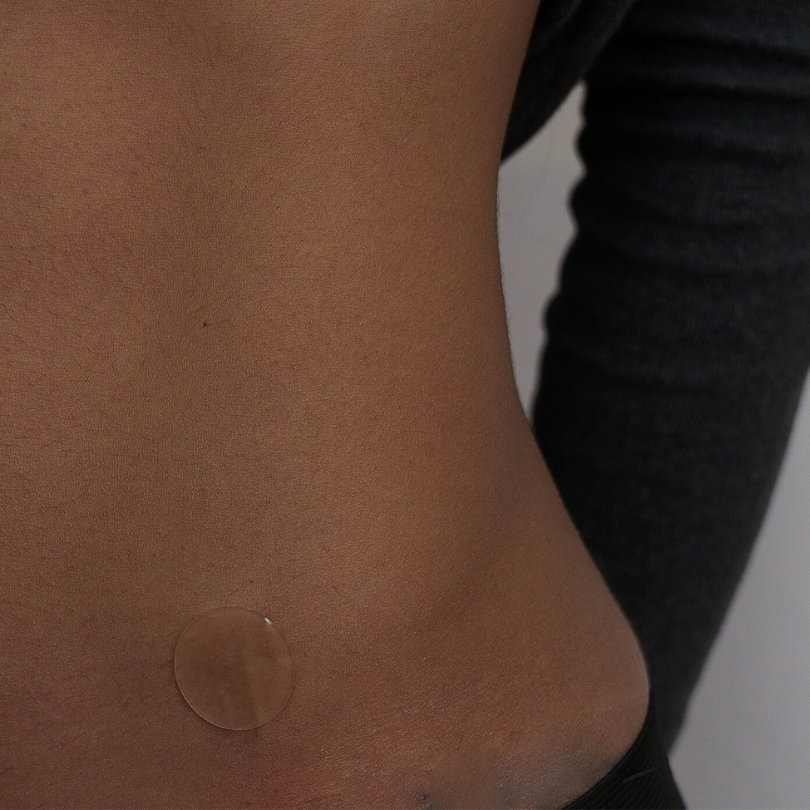Why Silicone is Important in Optimizing Scar Healing

With any surgical procedure, a cut to the skin is necessary. And from the incision, you are guaranteed to have a scar. It’s important to understand how they heal after a plastic surgery procedure. How the wound turns out will depend on several factors, like how skilled your board-certified plastic surgeon is with a scalpel, how your body heals, your skin tone, and how well you take care of the scar post-surgery. There’s no escaping an incision scar. Hopefully, it will be barely visible because scars never completely go away; they only fade over time.
Even with all the innovative medical advancements to help doctors minimize an incision scar, patients are still worried about the thought of having a visible blemish. Using a silicone scar treatment will do wonders to lighten and reduce the distinctness of a wound. Plus, it’s easy to use on all classes of wounds, including any size, color, shape, and scar location. A significant advantage is the number of antioxidants it has and how it helps you get back to your life quicker after surgery.
Silicone for wound care has been around since the mid-eighties. After many studies of different treatment types, silicone-based proves to be the most efficient by flattening scars, removing redness, and helping them fade over time.
Why Is Silicone an Essential Element in Optimizing Healing?
When your body experiences trauma, it naturally tries to begin to repair itself. The body produces collagen to help the skin restore the injury. Surgery produces what is known as “normal fine-line” scars with itching and feeling uncomfortable, the most common side-effect.
How Does Silicone Gel Work?
Once a scar forms, silicone application changes the configuration attributes, thus sealing the wound and preventing moisture loss, leading to dehydration and ugly, thick raised scarring. Silicone gel keeps the area hydrated, so the body doesn’t send more collagen resulting in less scar tissue.
We now have a basic understanding of silicone scar treatment and how it can make scars heal better. Let’s address the different silicone gel types available and what you can do to help yourself after your procedure.
What Types of Silicone Treatments Are Available?
1. Silicone Sheets – Like how an adhesive bandage works, you apply the sheets directly to your scar to reduce redness and itchiness. Like Band-Aids, they are available in numerous sizes to accommodate any scar. You must wear it constantly, only removing the silicone sheet when you bathe.
2. Silicone Tape – After suture removal, use silicone tape to reduce scarring on new and old scars. The amount of time wearing the tape increases gradually, and it works best when worn for a minimum of three months. You will only remove the tape when you bathe as not to wash away the medication.
3. Silicone Cream – What is great about silicone cream is the convenience of using it on parts of the body that experience more mobility like elbows, knees, and wrists. It’s also perfect for the face. Our physician recommended scar cream is Skinuva™ Scar, created with silicone and other field growth factors recreating a baby’s experience in the womb. Why is this important? Field growth factors “stimulate cell growth, differentiation, survival, inflammation, and tissue repair.”
Silicone sheets, gel, and cream are some of the most useful scar treatments with the most minimal side effects like an allergic reaction or infection.




Comments